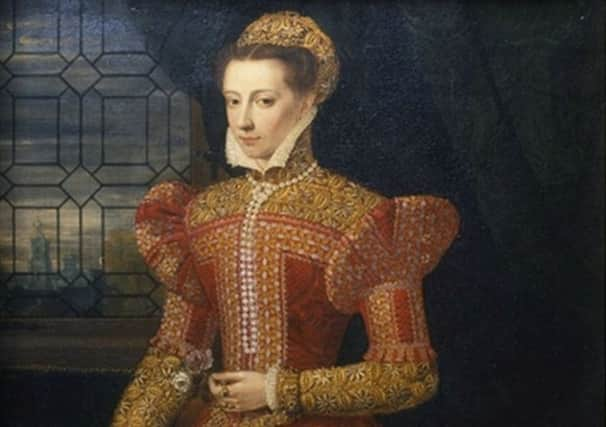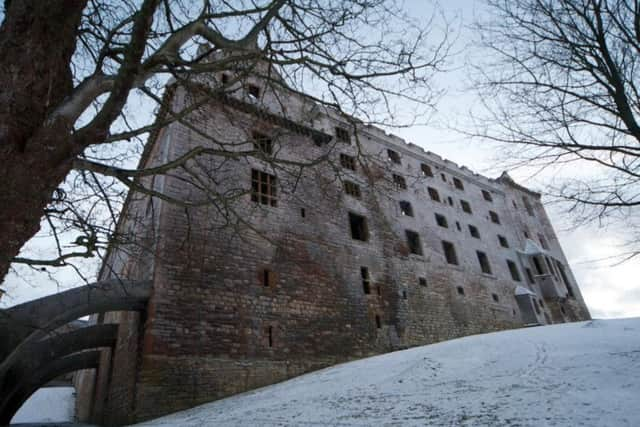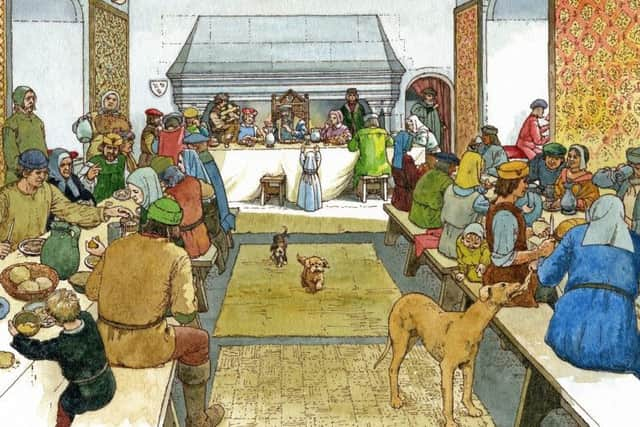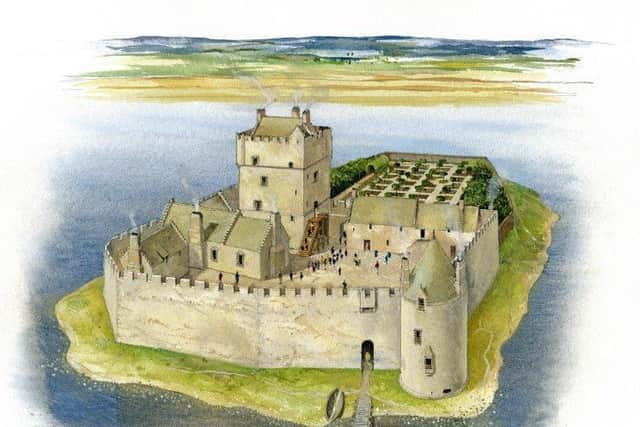Mary Queen of Scots and her turbulent Christmas times


Here Sally Gall, of Historic Environment Scotland, looks at the highs and lows of Yule endured by our troubled Queen.
Mary Queen of Scots lived in a time of contradictions, when Renaissance luxury was expected, but Protestant austerity was preached. What, in these changing times, did Christmas mean to Mary?


Advertisement
Hide AdMary was born in the bitter winter of 1542. Deep snow lay over Linlithgow Palace on 8 December, transforming the wide peel into a world of white. Only six days later she became queen, when her father died in despair after his army was routed at the Battle of Solway Moss.
Her first Christmas, or Yule, must have been a subdued affair, with the roads blocked, the infant queen weak, and the court mourning the death of the king.
Mary was to spend another Christmas in mourning. After a happy childhood in France, she experienced a personal tragedy in the weeks before Yule 1560. On 5 December, Mary’s husband, Francis II of France, died.


Her mother, who had been acting as regent of Scotland in Mary’s absence, had passed away six months earlier. In these sad circumstances, Mary came of age, and decided to return to Scotland.
In Scotland, she kept Christmas according to the traditions of the time. The period of Yule was 12 days of entertainment, feasting, dancing and merriment – as well as attending church services and making offerings of devotion. Though Scotland was now officially Protestant, Mary adhered to her Catholic customs.
Her first adult Christmas in Scotland was spent at Holyrood Palace, with great mirth and mischief.
Advertisement
Hide AdOn Twelfth Night, in accordance with tradition, a bean was baked into a ‘Twelfth cake’, and whoever found it in their slice became queen for the day. Mary Fleming – one of Mary’s ladies-in-waiting – was duly crowned “Queen of the Bean” and seated in state on Mary’s throne.


Mary spent the next five Christmases at Holyrood. In 1565 she was there with her second husband – Henry Stewart, Lord Darnley. The two were often at odds.
Advertisement
Hide AdDarnley’s capricious nature made him unpredictable and untrustworthy. While Mary enjoyed the Yule festivities, Darnley made a great show of piety. No doubt he aimed to show up the queen with his excessive devotions.
Thomas Randolph, English ambassador to Mary’s court, compared Mary and Darnley’s differing experiences of Christmas:
“The Queen’s husband never gave greater token of his religion than this last night [Christmas Eve]. He was at Matins and Mass in the morning, before day, and heard the High mass devoutly upon his knees, though she herself, the most part of the night, sat up at cards and went to bed when it was almost day.”
Darnley was still sulking a year later, when he was conspicuously absent from one of the most spectacular events of Mary’s reign.
Just before Christmas 1566, Mary arranged a three-day celebration at Stirling Castle to follow the baptism of her son, the future James VI.
There were masques – stylised theatrical performances – penned by George Buchanan. A pasteboard enchanted fortress was erected, which guests watched being attacked by Moors, centaurs and fiends.
Advertisement
Hide AdA grand feast was served from a mechanical moving stage, operated by centaurs and nymphs. Finally, fireworks lit the night sky and cannon fire proclaimed the end of the festival.
By Christmas 1567, Mary was a captive in Lochleven Castle. Darnley had been assassinated, and Scottish nobles had forced her to abdicate in favour of her son. She was never to spend another Christmas as a free woman.
Advertisement
Hide AdThe following year, Mary fled to England, seeking the protection of her cousin, Elizabeth I. Instead she was taken prisoner. In the years that followed, she was moved from castle to castle at the direction of her captors.
Twice she was moved on Christmas Eve – first in the wintry weather of 1584 to the dark, damp Tutbury Castle, and second, while seriously ill, to Chartley Hall in 1585. It was here that she was discovered in a plot to kill Elizabeth and take her throne. Mary was executed at Fotheringhay Castle on 8 February 1587.
During her many cheerless Yuletides in England, Mary must have remembered her Christmases in Scotland with fond regret. The days spent playfully reversing roles and feasting with friends were among the freest of her life.
-This article first appear on the Historic Environment Scotland blog.
